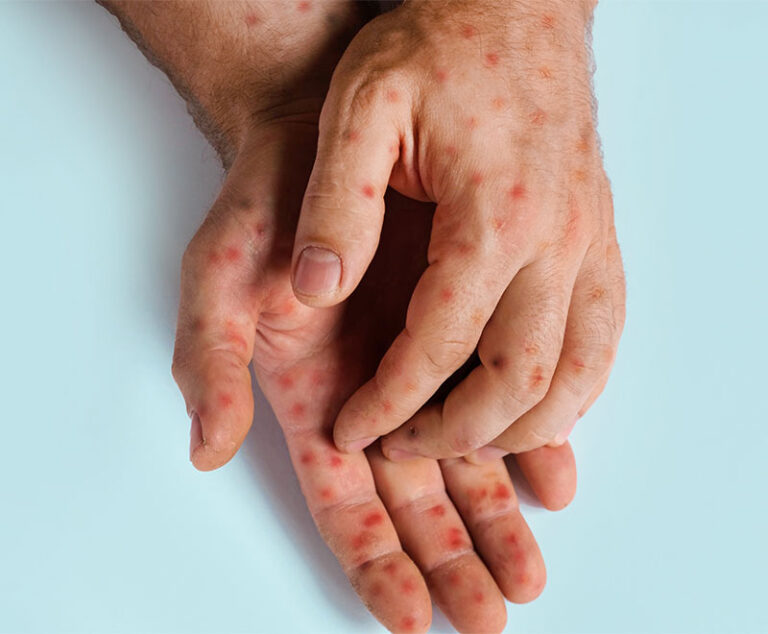Industry Insight
Information, Observation & Analysis
Disease Indications Articles
Despite its near eradication in the U.S., whooping cough is making a comeback due to disproven claims and reduced vaccine effectiveness.
Polio still plagues a few parts of the world, and some of its past victims are vulnerable to a recurrence but in a less serious form.
Although noncommunicable diseases are the leading cause of morbidity and mortality in most developed nations, zoonotic diseases remain a major public health concern.
The growing number of strains of bacteria that are resistant to antibiotic treatment continues to plague patients and the healthcare community.
Current treatments for PANDAS have been shown to be relatively effective, but could surgical treatments such as tonsillectomy and adenoidectomy offer more effective results?
The measles resurgence is introducing a whole new generation of physicians to a once-eradicated
and potentially deadly disease.
Chronic and acute kidney failure can be the result of many causes, and its prevalence is growing at historic rates, but it is no longer a death sentence.
With more than 250 foodborne illnesses identified, it is often difficult to diagnose when a person has been infected to ensure proper treatment is prescribed.
While the incidence of cervical cancer is on the decline in the U.S., it is still a deadly disease, so prevention and early detection are essential.
There is no cure for this disease, but with effective treatments, it is no longer a death sentence.
Men have higher rates of death from preventable causes than women for many reasons, but research points mainly toward a failure to seek preventive care.











